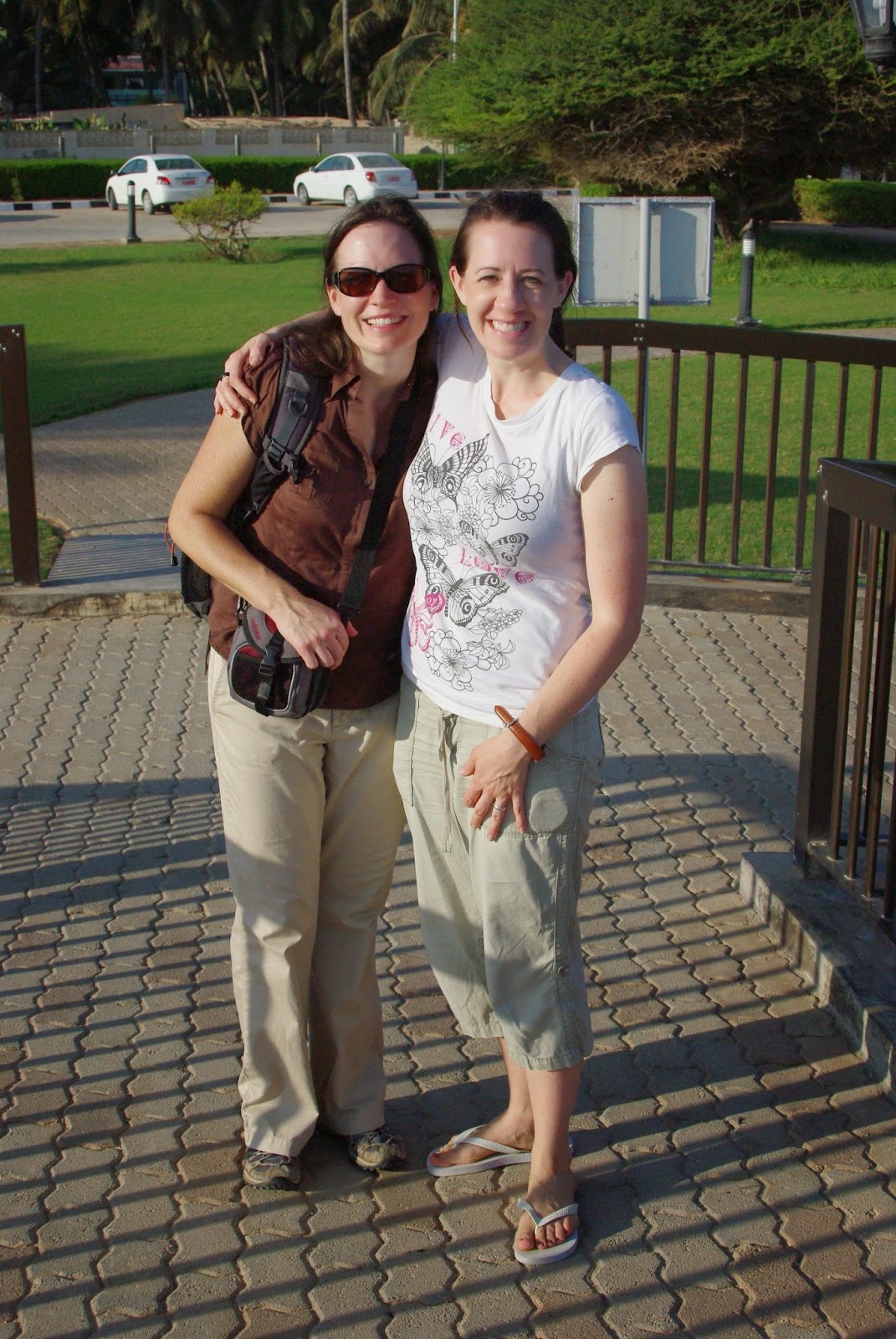Al Baleed- "The Town"
Forgive the copy and paste, but for the sake of time I have included some interesting information and their links about these ancient ruins at the bottom of this post.
Warren first showing us examples of boats that have been sewed together- possible method used by Nephi when building the boat to cross to the promised land. (Book of Mormon 1 Nephi) The purpose of this trip was to explore and see the possible candidates for the place where Lehi and his family traveled once they left Jerusalem, built their boat and prepared to cross to the Americas. I will write more on this in the posts to come.
Exploring the ruins
We took turns going into their museum (no children allowed, which was a bit silly considering it was just our group and the boys were strapped down.) But I took this time to take some shots of the boys in front of a frankincense tree.
http://home.kpn.nl/janm_schreurs/AlBaleed.htm
"The city of Al Baleed lies on Salalah’s coastal strip and covers an area of 640,000 square metres. During the Middle Ages the town played an important role in world trade through its harbour and links with the ports of China, India, Sind, Yemen and East Africa, as well as with Iraq and Europe. A German university and Omani team date the site from the Islamic period, though the area was inhabited from the end of the 5th and beginning of the 4th millennia BC. The city was re-established in the 4th century AH/10th century AD at the time of the Mujais dynasty and was rebuilt during the Habudhi period.
The main archaeological discoveries in al Baleed include the great mosque which has around 144 pillars and is nearly square in shape. It has outbuildings, a minaret and is believed to have been built during the 7th century AH/13th century AD and remained in use until the llth century AH/17th century AD. The city is surrounded by a moat.
In the Wusta (central) region stone implements have been excavated from the Asholite civilisation. An American and Omani team are working on the migration of early man from Africa to Asia via Oman across a land bridge that existed before the Red Sea trench was formed."

 *
*

 *
* *
*
 *
*








 *
*









1 comment:
Great photos for this post, Leah. That really was silly for them to not allow your boys when they were strapped down in their strollers!
Interesting that they think that transmigration from Africa to Asia might have happened through Oman in pre-historic times. Makes it kind of a no-brainer that the Lord could have a group in 600 BC do it again!!!
Post a Comment